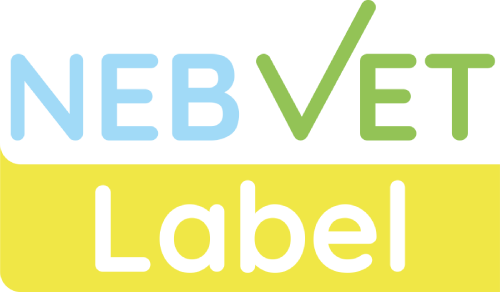Incorporating the values of the New European Bauhaus (NEB) into vocational education requires a structured approach that ensures sustainability, inclusivity, and innovation are truly embedded in training programs. While many VET institutions are eager to align with these principles, there has been a lack of concrete frameworks to assess their implementation. This is where the NEB VET assessment criteria come into play.
The development of assessment criteria was driven by the need to measure, guide, and enhance the integration of NEB values within vocational training. Traditional VET evaluation models often focus solely on skill acquisition and employability, without addressing broader societal and environmental considerations. By introducing Key Performance Indicators (KPIs) tailored to NEB’s values and core working principles, we provide a clear, actionable roadmap for educators, institutions, and policymakers to foster a more participatory, interdisciplinary, and impactful learning environment.
The core working principles of the NEB initiative in VET revolve around:
- Participatory Process – Encouraging active involvement of learners, educators, and stakeholders in designing and implementing VET programs. This principle ensures that education is shaped collaboratively, reflecting real-world needs and fostering a sense of ownership among participants.
- Transdisciplinarity – Breaking traditional disciplinary boundaries by integrating knowledge from multiple fields, enabling learners to approach problem-solving from diverse perspectives. This is crucial in today’s rapidly evolving job market, where complex challenges require interdisciplinary solutions.
- Multilevel Engagement – Establishing connections at local, regional, and international levels to ensure that VET programs remain relevant, adaptable, and aligned with broader policy goals. By engaging with industry, policymakers, and communities, NEB VET strengthens collaboration and knowledge exchange across different sectors.
Assessments and Scoring System: Use and Purpose
To ensure that the integration of NEB principles in VET is effective, a structured assessment framework has been developed. This framework consists of Key Performance Indicators (KPIs) that measure the implementation of NEB values and working principles.
Regarding the participatory process, learner and stakeholder involvement is assessed based on their ability to influence decision-making. Programs that actively integrate learners’ input in shaping curricula and projects score higher. Collaborative learning and co-creation methods evaluate the extent to which participatory learning strategies, such as workshops, student-led initiatives, and feedback loops, are embedded in the training process. Community and industry engagement measures the level of partnerships with local businesses and organizations, ensuring that vocational training reflects market needs and fosters real-world learning experiences.
For transdisciplinarity, the integration of multiple disciplines assesses how well different knowledge areas are blended in training programs, promoting holistic learning. Collaboration between sectors evaluates cross-sectoral cooperation, such as joint projects between vocational institutions, businesses, and research organizations. Problem-solving through interdisciplinary approaches looks at how students apply knowledge from various fields to address complex, real-world challenges.
For multilevel engagement, the engagement at local, regional, and international levels considers the extent to which VET institutions participate in global networks, partnerships, and mobility programs. Policy alignment and contribution to larger initiatives ensures that vocational training aligns with key European strategies like the Green Deal and Sustainable Development Goals. Learner empowerment assesses whether students are equipped with the knowledge and tools to create societal impact at different levels, from local communities to international initiatives.
Purpose and Application of the Assessment System
The assessment and scoring system serves multiple purposes. It will guide institutions and the VET providers can use the criteria to enhance their programs, ensuring alignment with NEB principles. The framework also measures progress, tracks improvements over time, and ensures quality and impact by setting clear standards.
Through this structured approach, NEB VET is shaping a future where vocational education is not just about skills training but also about fostering innovation, sustainability, and social responsibility.
Assessment Criteria – NEB Values
The structure of the partnership was determined based on the New European Bauhaus (NEB) compass, which gives priority to sustainability, aesthetics, inclusiveness and other working principles of a participatory multi-level process and transdisciplinary engagement. Our participatory, transdisciplinary approach will allow all project participants and potential beneficiaries to get acquainted with and practically associate Europe’s goals through actively creating Networks and altering the status quo instead of just adapting to the existing circumstances.
The steps and the creation of the criteria for the NEB VET Label will seek best practices for VETs which are aligned with the values and principles of the NEB, enable participatory design of the NEB VET evaluation system, and design the conceptual framework for the evaluation and award of a NEB VET label. An internal evaluation and verification system of the NEB VET of the NEB values and working principles against the provider’s work validates internal quality attitudes of the VET community to the NEB values and working principles of the NEB.
Such a label will provide a clear and efficient way for VET providers to adopt the NEB values in their environments and services offered.




